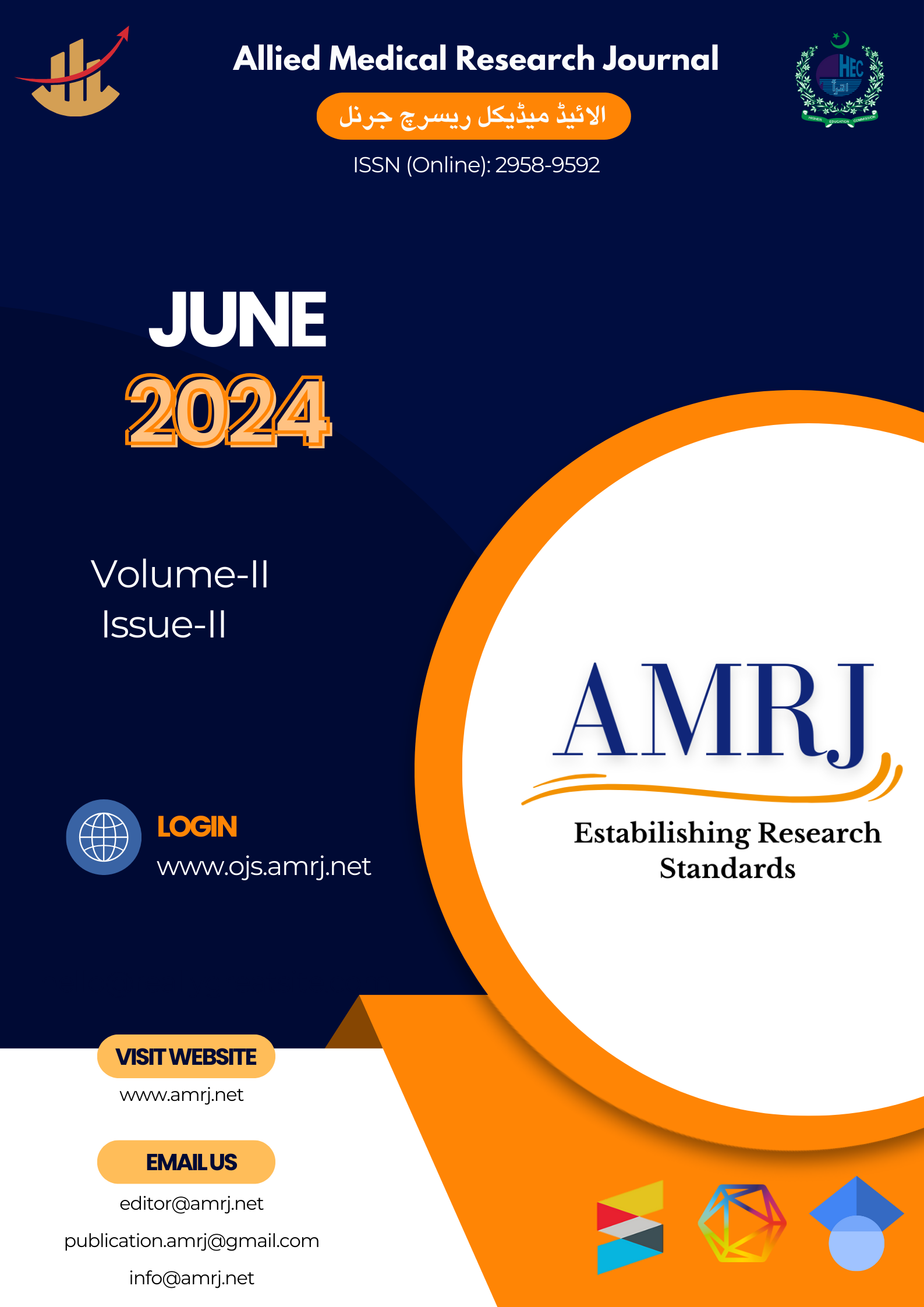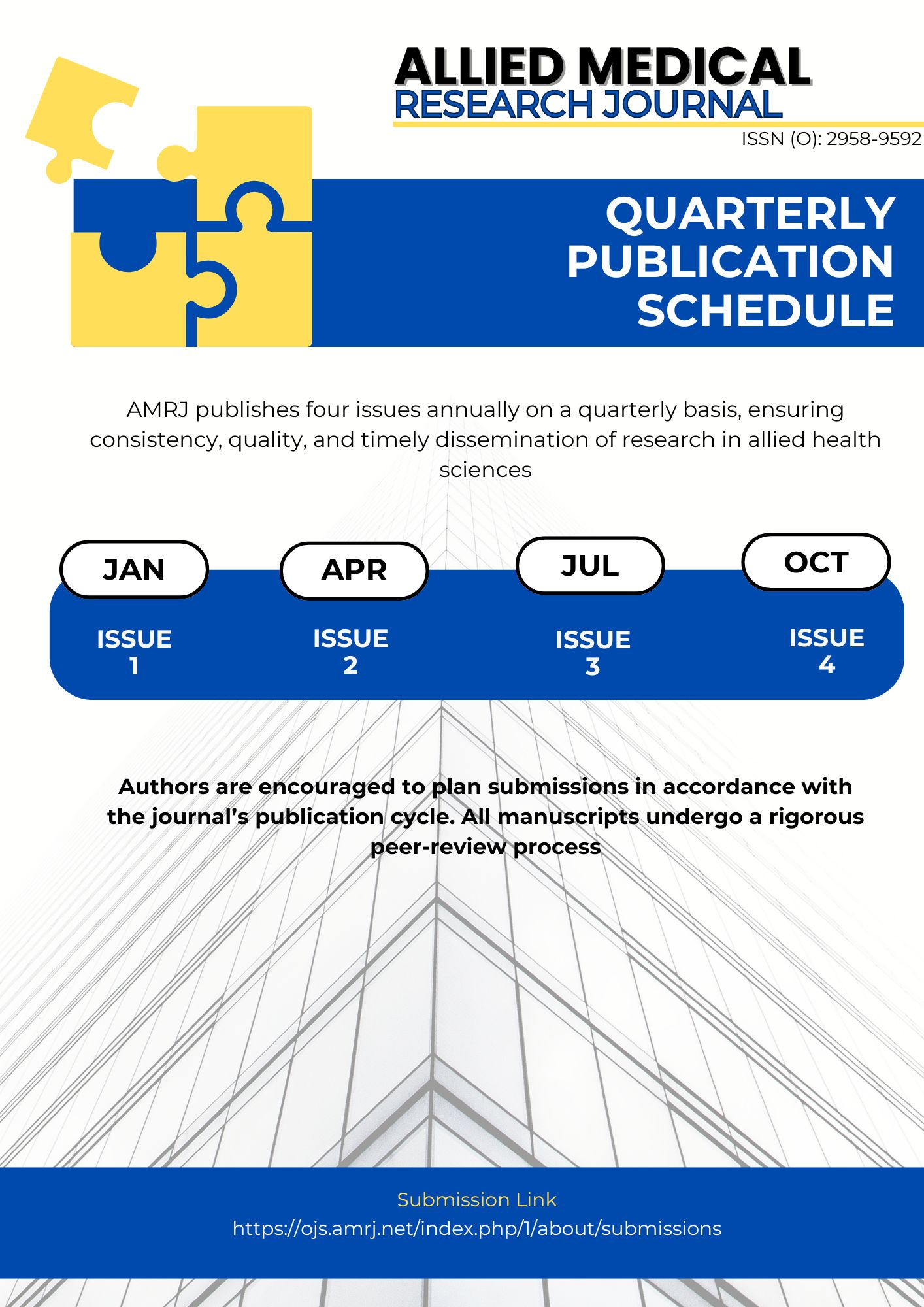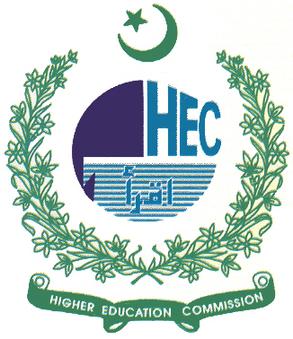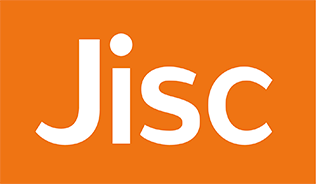Exploring the Awareness of Exercise Benefits among Women with Polycystic Ovarian Syndrome-A Cross-sectional Study
Benefits of Exercise in Polycystic Ovarian Syndrome
Keywords:
Awareness, Exercise, Obesity, Polycystic Ovarian SyndromeAbstract
Background: Polycystic Ovarian Syndrome (PCOS) is a common endocrine disorder affecting women of reproductive age. With its increasing prevalence, it is crucial to emphasize effective preventative measures for a healthier life. Exercise is recognized as a primary therapeutic option for managing PCOS. Therefore, increasing awareness of the benefits of exercise among women is essential, as higher awareness is likely to lead to better outcomes through increased participation. This study aims to assess exercise awareness as a treatment option among females diagnosed with PCOS and evaluate the frequency of participation in exercise programs in Karachi.
Methodology: This cross-sectional study involved 100 females diagnosed with PCOS who were visiting various government and private hospitals in Karachi, aged 18-35 years. Pregnant women and those with thyroid diseases were excluded. Data was collected using a self-designed questionnaire. The association between exercise awareness and participation was evaluated using the Chi-square test with SPSS version 20, and frequencies and percentages of qualitative variables were calculated.
Results: 66% of females were aware of the benefits of exercise, with gynecologists being their primary source of information (60.6%). 67% of females were engaged in exercise, with 42 of them preferring walking. Additionally, 72% of females reported different barriers to exercise. The association between exercise awareness and participation was highly significant (p=0.00).
Conclusion: Exercise training is crucial for managing PCOS. However, there needs to be more physical therapists as a critical source of information on exercise benefits for PCOS and in organizing related exercise programs.
References
Kogure GS, Miranda-Furtado CL, Silva RC, Melo AS, Ferriani RA, de Sá MF, Dos Reis RM. Resistance exercise impacts lean muscle mass in women with polycystic ovary syndrome. Med Sci Sports Exerc. 2016 Apr 1;48(4):589-98.
Bisgaard H, Dela F. Physical exercise is a help for lean women with polycystic ovary syndrome. Ugeskr Laeger. 2017 Jun;179(23).
Azziz R, Carmina E, Chen Z, Dunaif A, Laven JS, Legro RS, Lizneva D, Natterson-Horowitz B, Teede HJ, Yildiz BO. Polycystic ovary syndrome. Nat Rev Dis Primers. 2016 Aug 11;2:16057.
Balen AH, Morley LC, Misso M, Franks S, Legro RS, Wijeyaratne CN, Stener-Victorin E, Fauser BC, Norman RJ, Teede H. The management of anovulatory infertility in women with polycystic ovary syndrome: an analysis of the evidence to support the development of global WHO guidance. Hum Reprod Update. 2016 Nov 20;22(6):687-708.
Harrison CL, Brown WJ, Hayman M, Moran LJ, Redman LM. The role of physical activity in preconception, pregnancy and postpartum health. Semin Reprod Med. 2016 Mar;34(02).
Sedighi S, Akbari SA, Afrakhteh M, Esteki T, Majd HA, Mahmoodi Z. Comparison of lifestyle in women with polycystic ovary syndrome and healthy women. Glob J Health Sci. 2015 Jan;7(1):228.
Lizneva D, Suturina L, Walker W, Brakta S, Gavrilova-Jordan L, Azziz R. Criteria, prevalence, and phenotypes of polycystic ovary syndrome. Fertil Steril. 2016 Jul 1;106(1):6-15.
Rong L, Jie Q, Zhang XW, Wang SY, Zhang QF, Li L, Tu BB, Zhang X. Characteristics of abnormal menstrual cycle and polycystic ovary syndrome in community and hospital populations. Chin Med J. 2010 Aug 1;123(16):2185-9.
Deswal R, Nanda S, Ghalaut VS, Roy PS, Dang AS. Cross-sectional study of the prevalence of polycystic ovary syndrome in rural and urban populations. Int J Gynaecol Obstet. 2019 Jun 20.
Shetty D, Chandrasekaran B, Singh AW, Oliverraj J. Exercise in polycystic ovarian syndrome: An evidence-based review. Saudi J Sports Med. 2017 Sep 1;17(3):123.
Hakimi O, Cameron LC. Effect of exercise on ovulation: a systematic review. Sports Med. 2017 Aug 1;47(8):1555-67.
Pericleous P, Stephanides S. Can resistance training improve the symptoms of polycystic ovary syndrome? BMJ Open Sport Exerc Med. 2018 Aug 1;4(1)
Speelman DL. Nonpharmacologic Management of Symptoms in Females With Polycystic Ovary Syndrome: A Narrative Review. J Am Osteopath Assoc. 2019 Jan 1;119(1):25-39.
Samadi Z, Bambaeichi E, Valiani M, Shahshahan Z. Evaluation of changes in levels of hyperandrogenism, hirsutism and menstrual regulation after a period of aquatic high intensity interval training in women with polycystic ovary syndrome. Int J Prev Med. 2019;10.
Pitchai P, Sreeraj SR, Anil PR. Awareness of lifestyle modification in females diagnosed with polycystic ovarian syndrome in India: explorative study. Int J Reprod Contracept Obstet Gynecol. 2016;5(2):470-6.
Abazar E, Taghian F, Mardanian F, Forozandeh D. Effects of aerobic exercise on plasma lipoproteins in overweight and obese women with polycystic ovary syndrome. Adv Biomed Res. 2015;4.
Lim S, Smith CA, Costello MF, MacMillan F, Moran L, Ee C. Barriers and facilitators to weight management in overweight and obese women living in Australia with PCOS: a qualitative study. BMC Endocr Disord. 2019 Dec 1;19(1):106.

Downloads
Published
Issue
Section
License
Copyright (c) 2024 Faryah Aslam, Hafiza Iqra M. Yaseen , Naima Abdul Malik, Rumail Pervaiz

This work is licensed under a Creative Commons Attribution-NonCommercial 4.0 International License.








